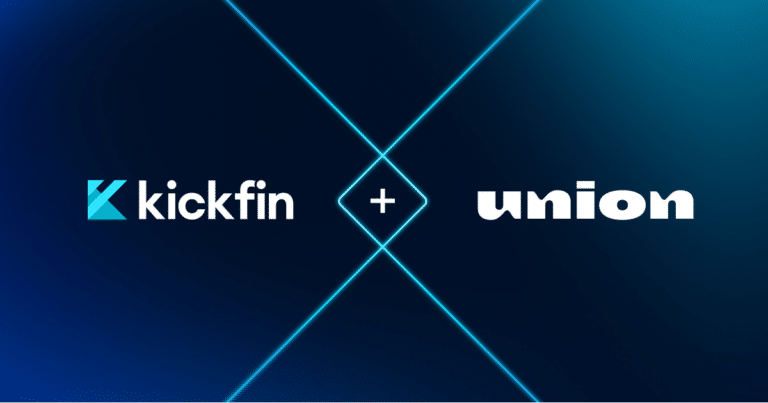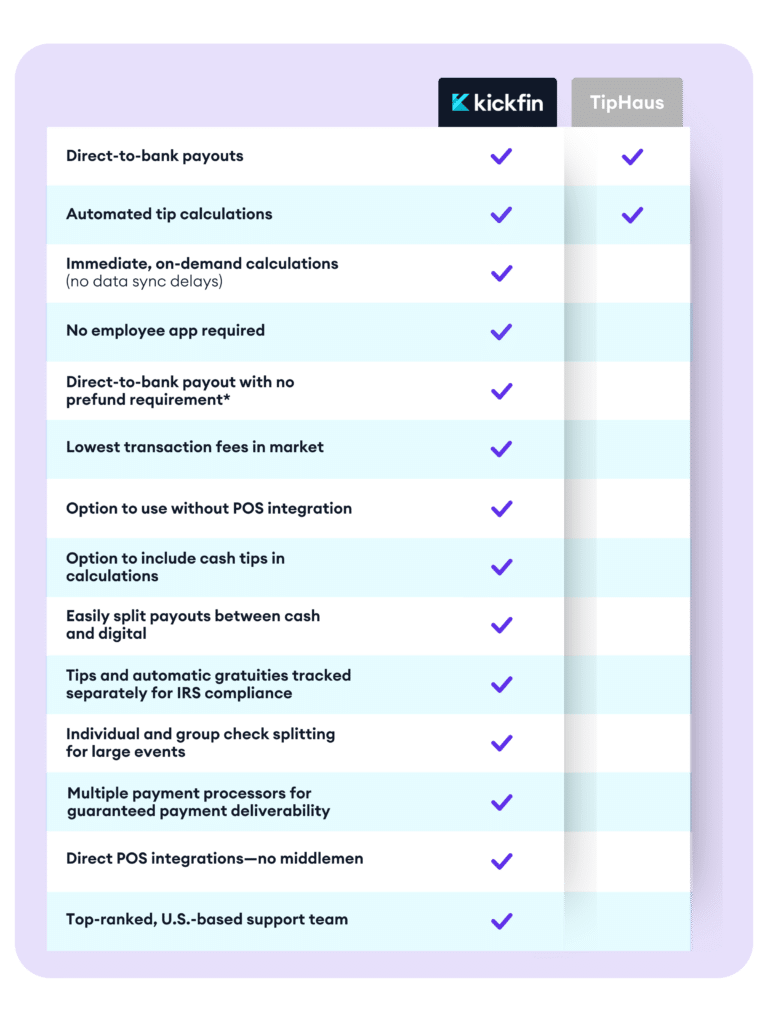These are uncertain times for the hospitality industry.
Virtually every restaurant, bar and hospitality group in the country is feeling the pain of this global crisis.
But restaurant owners and operators are a savvy, resilient bunch — so it comes as no surprise that they’re finding creative ways to continue serving patrons while also taking care of their staff, despite state governments closing dine-in service at restaurants and bars as a result of the COVID-19 health crisis.
Curbside, take-out or delivery is the name of the game now. But this shift has initiated a chain reaction that’s created an unforeseen problem for employees:
- More credit card transactions.
- Less cash on site.
- Employees have to wait days or weeks for paychecks to receive tips, or seek out predatory payday loans.
Fortunately, even with this new model, employers can still tip out their employees instantly and ensure their financial security. Here’s what you need to know.
The rapid rise of the “off-premise” model
Full service restaurants across the U.S. are pivoting to models that support off-premise food and beverage sales in order to sustain their business. For some, this simply means amplifying existing take-out and delivery operations. Others are living through a full operational reimagining – translating renowned in-person-only dining experiences to a version that can be had at the kitchen table.
What does that mean for employees?
Shifts have been cut, layoffs have happened — but it seems wherever possible, restaurants are making an effort to reallocate staff from the front-of-the-house to counter service and delivery roles.
While this protects many jobs, it could benefit the restaurants, too, which would otherwise be losing sizable fees from the “big four” delivery services — GrubHub, Postmates, Uber Eats, and DoorDash.
(It’s worth noting that while these services are currently running programs that appear to give restaurants a break, there’s a lot of fine print. For example: GrubHub is deferring fees now, but restaurants will still be on the line for those commissions in the relatively near term.)
Less cash on hand
An interesting trend has also emerged in light of all this change. The ratio for transaction medium that was historically 90% credit card and 10% cash has since moved close to 100% credit card transactions.
This appears to be in part driven by public sector health recommendations, but also because employers are taking a proactive stance on protecting the health of their staff. Keeping cash out of employees’ hands is one way to reduce the number of germs they are handling during their shift.
(Side note: it’s not just cash that carries germs. Restaurants are adding NFC/contactless payments for in-person transactions so that the restaurant workers and customers don’t even have to pass credit cards back and forth.)
Where cash is still being accepted, restaurants are using products like Loomis SafePoint, which minimizes cash handling and keeps managers from having to go off-premise to make deposits. Plus, the cash is credited into your bank account the next day — like having a bank in your back office — which goes a long way when working capital/cash flow is critical.
Employers reconsider tip out process
Tips continue to be the largest earnings center for staff, even with their takeout counter and delivery service assignments. There is tremendous community support for the hard work of these individuals. However, in an environment with consistently less cash, employers must choose an alternative method for tip outs.
Cashless alternatives for tipping out
Some restaurateurs choose to put tips on payroll. This allows management to use one system to pay out all forms of their income and track the key information needed for tax purposes. The downside? Your staff has to wait until payday for their earnings to be available. This is forcing employees to utilize payday advance services, which are inherently predatory.
Other organizations may consider using a third party payroll card, which can be painful for your employees: transferring a balance from a payroll card to a bank account can take a full week, and paycards come with a host of hidden fees.
To ensure some level of financial security during an uncertain time, the best option is to give your staff instant, direct access to their earnings, without fees or wait times. Using a tool that sends tips directly to employees’ bank accounts makes life easier for employers and puts money exactly where your employees need it, when they need it.
At the end of the day, the hospitality industry – our industry – is full of smart and passionate people who are working hard to mitigate the impact of COVID-19 on the restaurant community. Now’s the time to get creative, think outside-the-box, and try out new tactics and tools. Your people will thank you for it — and you just might come out stronger on the other side.







